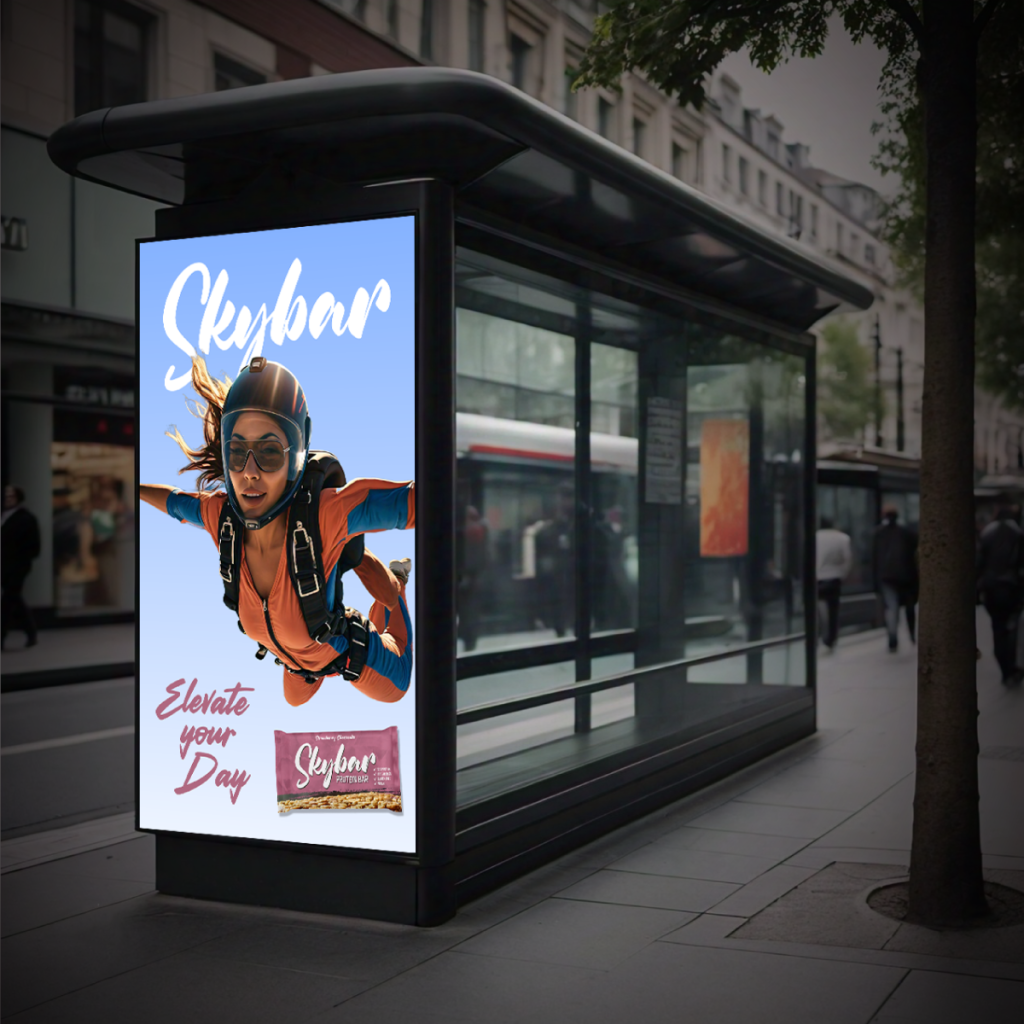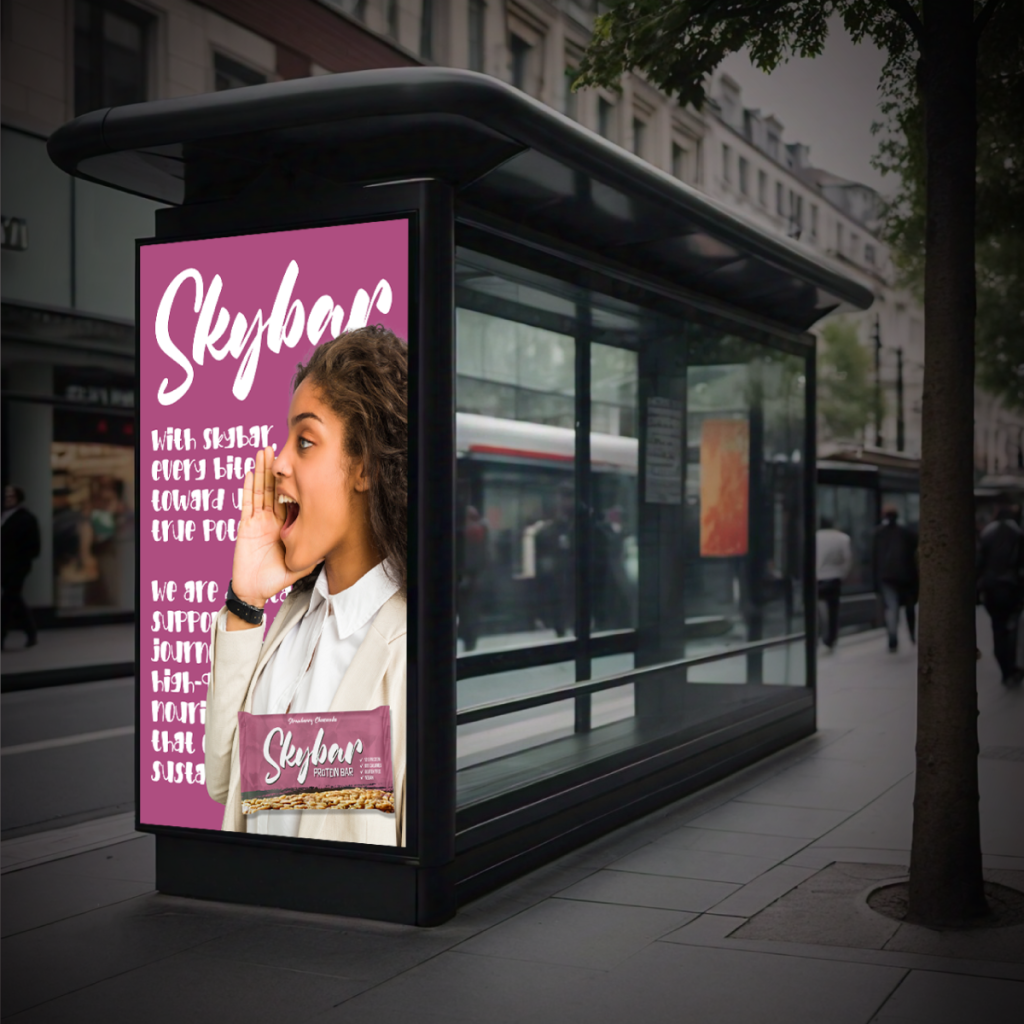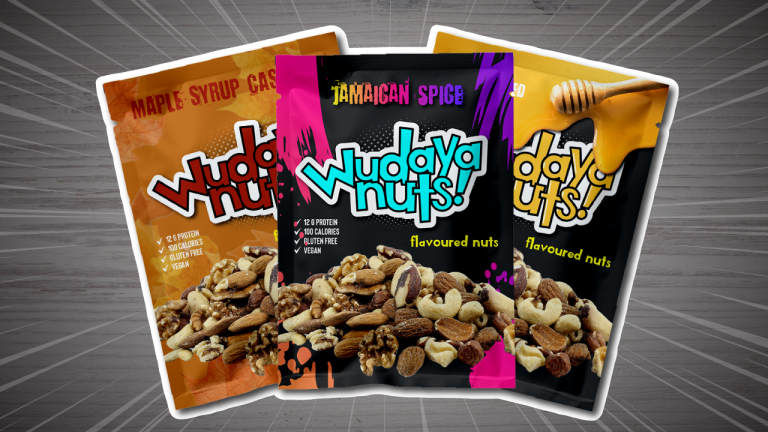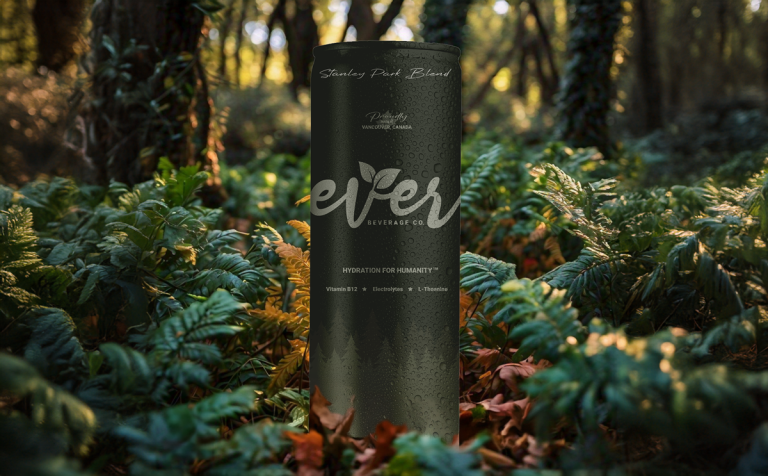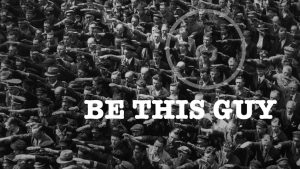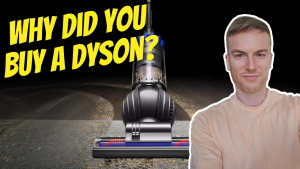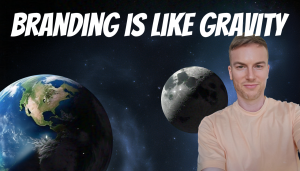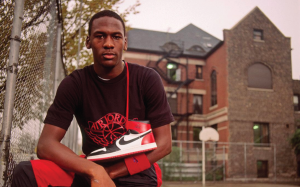
If you're not disrupting, then you're standing still
If you’re not disrupting your category, then you’re standing still in a moving market.
This applies to brands, music, movies, art, fashion, cuisine… when others zig, you should zag. You should always be pushing the boundaries and carving a new path. Otherwise, someone else will. Over time (or sooner than you think), you may become obsolete, irrelevant, a commodity, mediocre… I can keep going.
So here’s the lens through which you should be viewing your brand, and the world: Ask yourself, ‘Are we disrupting our category, or are we the status quo?‘
Think about what:
👉 Liquid Death has done with water
👉 Tesla has done with automotive
👉 W by Jake Paul has done for hygiene products
👉 Feastables has done with chocolate
So if you’re a new brand, or thinking about starting a new brand, that would be the first question I would ask – ‘How can we be disruptive?’ If we can’t, then why bother at all?
We created this series to show you how we think about brand building. When applicable, we take aim at traditionally boring categories to see what, if anything, we can do to disrupt them and make our brand stand out. We’ll apply our expertise, skills, and experience in marketing, branding, design, and creativity. Hopefully you will learn something, be inspired, or even better, hire us!
Disruption Meter

Now, while we’re huge fans of disruption, we recognize that not every category is ripe for disruption, or make it to the level of complete, ghost-pepper annihilation.
In the case of many consumer packaged goods, there may not be much you can do to the form that hasn’t already been done — bars, balls, powders, liquids — it has all been done before.
But, Liquid Death didn’t revolutionize water (or flavoured water), they found disruption through their marketing and branding. Things like storytelling, positioning, naming, logo, packaging, imagery and other design elements, etc. That’s not to say you can’t use the product to be disruptive, however, it will most likely be done through marketing and branding.
We talk a lot about branding and how it is like gravity. The larger the brand, the stronger the gravitational pull. Most, if not all, the brands we buy, and are loyal to, are because we trust them, are familiar with them, or have an affinity for them. This is because as consumers, we have anxiety about the purchases we make. We want to ensure we don’t get ripped off, look foolish, feel stupid, make the wrong decision, have buyer’s remorse, etc.
So to recap:
- Branding helps companies stand out and be disruptive, which is especially important in crowded markets.
- Branding helps attract consumers much like a gravitation pull.
- Branding helps alleviate some of the anxieties consumers have when making purchases.
Therefore, branding is REALLY important to the profitability and longevity of a company.
Understanding what branding is and what makes a brand disruptive is the first step. We can then apply these principles to any brand.
We also need to understand the 4 Cs of branding:
- Company: What are our organizational objectives, and how does our brand support us in achieving them?
- Customer: Who is our target audience, and what are their needs and expectations?
- Competitors: What strategies are our competitors employing, and where can we find opportunities to stand out?
- Context: What broader trends and events are influencing our industry and market?
You can spend months, or years, defining, strategizing, planning… We don’t have months or years. So to keep things simple and consistent in this series, we’ve decided to follow the same 5 steps for each brand concept we create. We’ll first define the product and look for whitespace in the category for how we can be disruptive. As with any brand, we’ll need a name, some branding elements like a logo, colour palette, identity, packaging, and some ads.

1. Product
2. Name
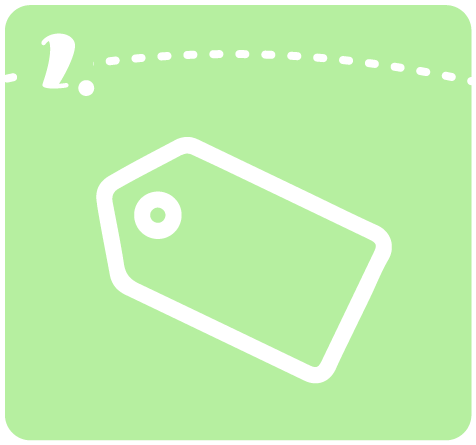

3. Branding
4. Packaging

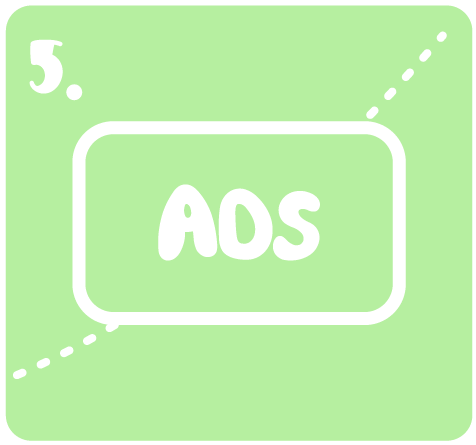
5. Ads
Of course, this is only theoretical and for fun. If it were real, we would spend a lot more time and care crafting personas, developing a brand story and identity, using actual market research / data, spending a lot of time thinking about the product and line expansion, creating unique GTM strategies for launch and promotion, thinking about strategic partnerships, developing our social and content strategy, and a million other things that go into creating and launching a brand.
With that being said, we may need to make some assumptions, or infer what the product may be like.
But, in lieu of all that, this series should give you an idea for how we at Ewanity Marketing think about marketing, product, and branding.
So without further ado, let’s get started!
1. Product
For this example, we are going to create a protein bar brand. Protein bars offer nutrition and convenience and are typically geared toward the health & wellness crowd, outdoor enthusiasts, office workers, plant-based eaters who may look for alternative protein sources, etc. They are portable (pre-packaged and easy to carry) and can therefore be consumed on the go.
Typically, their packaging emphasizes active, outdoor lifestyles, and offer clear nutritional information, such as:
- High protein
- Low sugar or no added sugar
- Natural ingredients
- Gluten-free, vegan, or other dietary accommodations
Our protein bar will have unique flavours not commonly found in the market (e.g., exotic fruits, dessert-inspired flavours, limited edition or seasonal flavours) such as Strawberry Cheesecake, Sea Salt Caramel, and Peanut Butter Chocolate Chip. Our bars will have 12g of protein, 100 calories, Gluten free, and vegan.
Our target consumer is not just fitness enthusiasts or outdoorsy people. We want to be for everyday individuals who are seeking a healthy snack that can deliver nutrition, satisfy hunger, and above all, it has to taste good.
2. Name
We’ll call our bar ‘Skybar’, named after my wife, Sky. But, we can further integrate the name into our branding as well. The word ‘Sky’ can also be used for our brand to represent setting high goals (Sky’s the limit), being positive, achieving greatness, and elevating your spirit.
We can create a tagline for our brand, here are some options:
Sky’s the Limit – not only does this have the word ‘Sky’ in it, but it speaks to being on our own individual journeys, prioritizing, health, movement, and personal growth. ‘Sky’s the Limit’ embodies this spirit of boundless potential and limitless ambition. It’s a philosophy that inspires you to aim higher, push harder, and never settle for anything less than extraordinary. It’s a call to action to break free from constraints, dream big, and reach for the stars. Whether you’re pursuing fitness goals, professional milestones, or personal achievements, Skybar is your partner in reaching new heights.
Fuel Your Potential – We are all walking embodiments of potential, and throughout the day, we need to put the right fuel in our bodies to maximize our output. A racecar with the wrong fuel will be less effective. With Skybar, every bite is a step toward unlocking your true potential. We are dedicated to supporting your journey with high-quality, nourishing ingredients that energize and sustain you.
Elevate Your Day – this speaks to the idea that every day is an opportunity to rise above and achieve greatness. Skybar not only fuels your body, but also your spirit. Our carefully crafted, high-quality ingredients are designed to provide the energy and nutrients you need to tackle your day with vigor and positivity. Whether you’re hitting the gym, climbing a mountain, or simply navigating the challenges of everyday life, Skybar is there to support you in every step of your journey.
Take Your Day to New Heights – means setting high goals, embracing a positive mindset, and striving for personal growth. It’s about making conscious choices that enhance your well-being and propel you toward your dreams. With Skybar, you’re not just eating a protein bar; you’re making a commitment to yourself to rise higher, aim further, and achieve more.
We’ll come back to these in the advertising section.

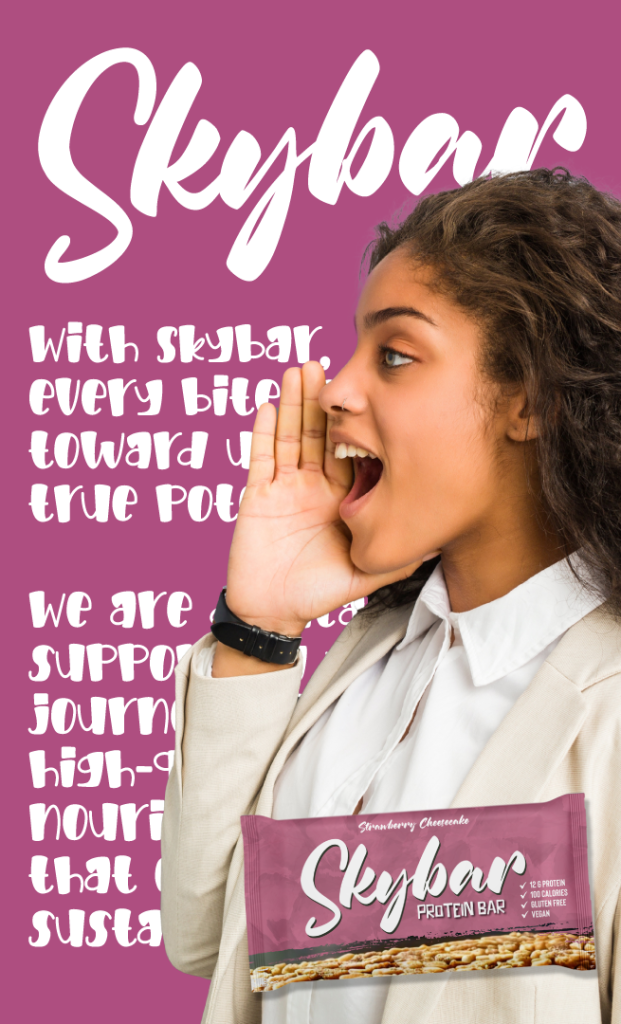
Skybar Manifesto
What is a brand manifesto?
A brand manifesto is a detailed declaration of the brand’s purpose, values, beliefs, and aspirations. It often includes the brand’s mission and vision statements.
Its purpose is to articulate the brand’s philosophy and what it stands for, to inspire and rally both internal stakeholders (employees) and external audiences (customers), and to provide a comprehensive understanding of the brand’s broader goals and motivations.
In short, it explains why the brand exists, what it aims to achieve, and how it plans to make an impact. It can include narrative elements, storytelling, and a passionate tone.
Skybar Manifesto:
At Skybar, we believe in the boundless potential within each of us. We set out to revolutionize the protein bar industry with a brand that celebrates individuality, health, and personal growth.
Our mission is simple: to fuel your journey towards greatness. We understand that every person’s path is unique, and so are their nutritional needs.
Our core value, Individuality, speaks to our belief that true success comes from embracing who you are and pushing the boundaries of what you can achieve. Whether you’re an athlete, an artist, a professional, or anyone in between, Skybar is here to support you with the energy and inspiration you need to reach your goals.
“Fuel your Potential” is not just a tagline; it’s a call to action. It’s a reminder that within you lies the power to elevate, motivate, and create. With every bite of a Skybar, you’re not just nourishing your body; you’re empowering your spirit to soar higher and dream bigger.
Join us in our mission to elevate lives and fuel potential. Together, let’s create a world where everyone can rise to their fullest potential, one Skybar at a time.
3. Branding
As discussed, branding is at the heart of this exercise. It’s really important and therefore a natural area of passion and interest for us. If we could spend a little time setting the stage, it’ll be really helpful for us before moving forward.
Too often marketers and business leaders use demographics to define their audience. They say things such as, ‘We’re going to market to kids… or women… or people who make $100,000 per year…’ Then, they create these made up personas of Bob and Nancy who drive a minivan and like to golf and paint on the weekends. They rely on stereotypes and guessing about who these groups of people are and what they care about. A fun line I like to use is, suppose you found out that 73% of your consumers were women, what would you do with that information, make everything pink!?’
Hopefully this demonstrates how ridiculous it is to use demographics alone to influence your marketing and branding strategies. Using demographics and psychographics is complete guesswork, fatally flawed, and utterly useless.
Instead, we need to categorize our consumer segments by what they value…. e.g. family, personal growth, belonging, status, environmentalism… There are 56 core values.
Using these values, we can develop products, use materials, craft stories, design packaging, create content… that better align with your customers’ core values.
This will have a much greater impact at influencing outcomes than using demographic and psychographic data alone.
- Demographics describe what people are (i.e. age, gender, location, income, marital status…)
- Psychographics record what people did, their preferences, and their brand affinities.
- Valuegraphics understand who people are, what they want, and how they are likely to behave in the future.
Demographics and psychographics are looking in the rearview mirror and are fleeting (people come in and out of these buckets all the time) whereas valuegraphics are stable and look ahead. As a result, they more accurately predict what a group of people will do and how they will behave. This is much more useful data to use. If you’d like to learn more about obtaining valuegraphic data, please DM us.
So with that in mind, we need to determine what shared values attract and unite consumers to our brand.
So with that in mind, we need to determine what shared values attract and unite consumers to Skybar. For the purposes of this exercise, let’s define our brand values as:
- Individuality
- Community
- Sustainability
- Transparency
The reason why we need to define our brand values is because it helps create an identify. What is our brand about if we cannot talk about our products? It should stand for something. When someone thinks of our brand, what comes to mind? Is it safety, luxury, performance, quality, health…
So much more can be said about branding, but in the interest of time, we’ll need to move on. We just wanted to give you a gist. For those interested, visit our Branding page and go down the branding rabbit hole. We have a lot of great content on branding that you can explore.
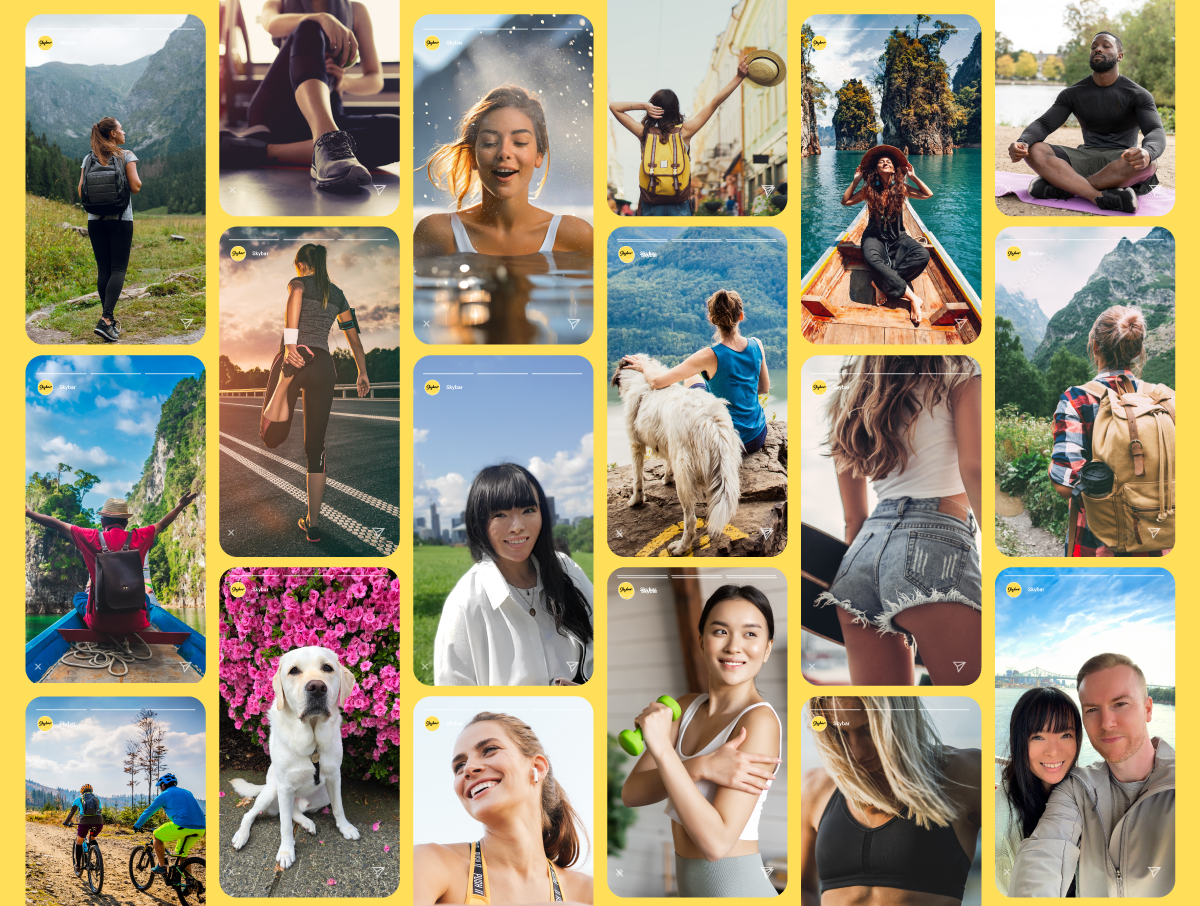
It’s important to note that company values aren’t just something that sits on a PDF and only get passed to new employees, they define what your company is all about. If your employees don’t know the company values, or can’t immediately recite them, then you don’t have core values. Values need to be posted around the office, absorbed, upheld, and act as a filter through which everything passes through.
In our case, we can further define our values and what they mean to our brand:
Individuality
We celebrate diversity in all its forms. We feature a wide range of individuals in our campaigns, representing different body types, fitness levels, and lifestyles. This inclusive approach ensures that everyone feels seen, valued, and catered to by Skybar
Sustainability
We also have a sustainability focus with our eco-friendly packaging, ethically sourced ingredients, carbon-neutral / zero-waste production processes.
Community
Skybar is approachable and inclusive, making everyone feel part of the Sky Bar community. We will build a strong community around the brand through social media, in-person events and event sponsorships, and user-generated content, sponsored athletes, brand collabs with local artists, athletes, or influencers, etc.
Transparency
Transparency and authenticity will also be central to the brand ethos. We will have clear, honest labeling and marketing. We will feature inspirational stories of real people that tie back to the brand’s values. We can further use storytelling to talk about the origins of ingredients, and the production proces
Here’s a mockup of the logo, the packaging, and the website. It’s intended to be fun, playful, and memorable.
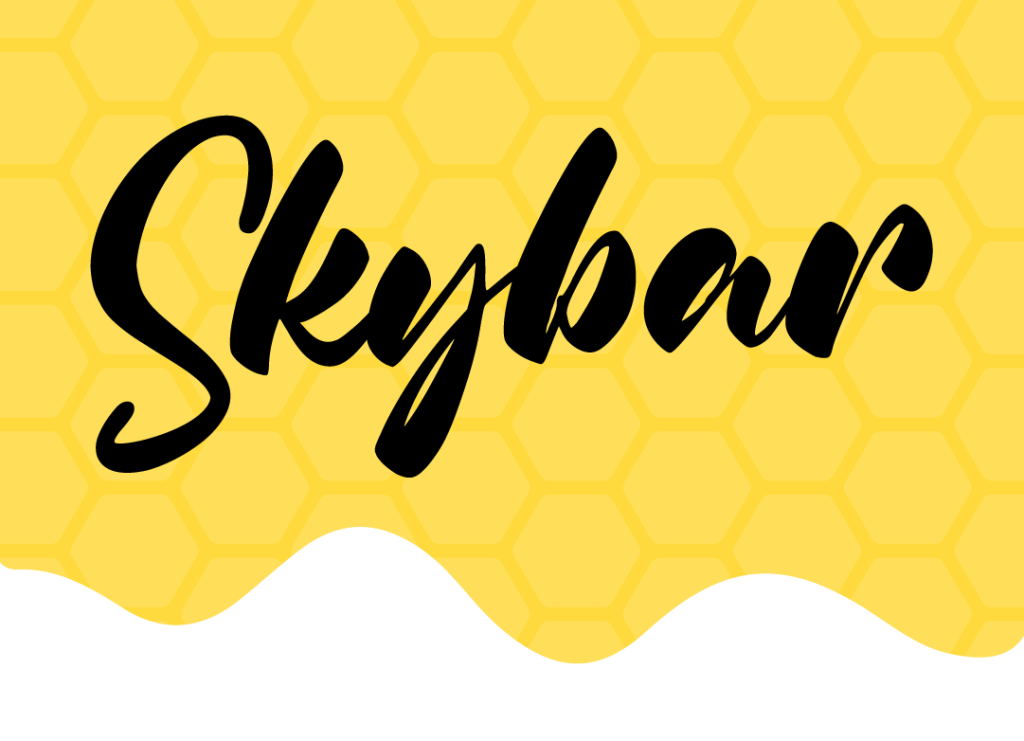
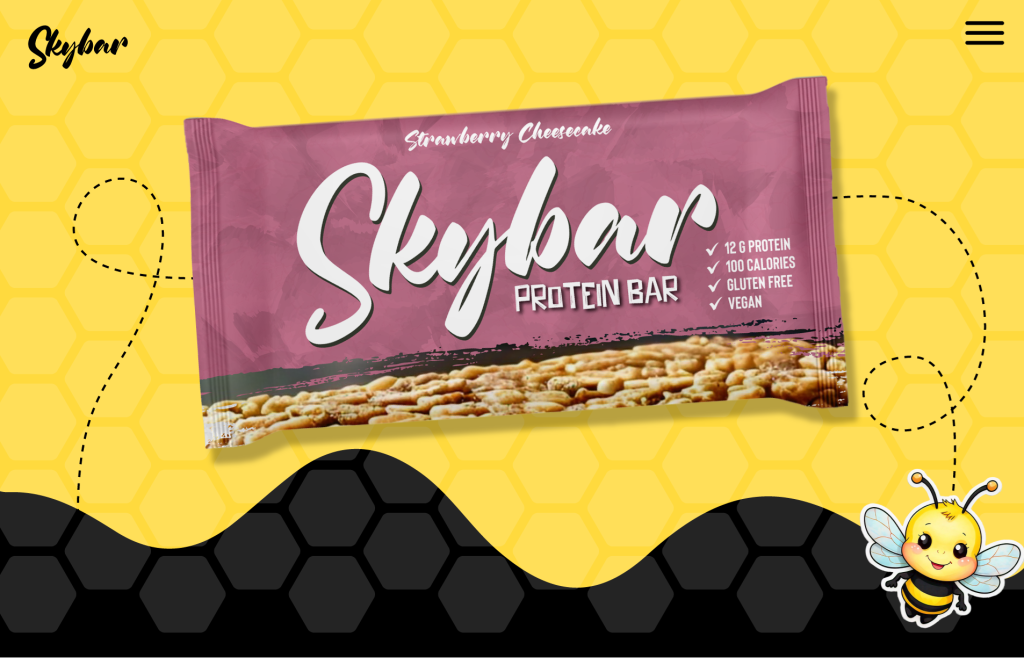
4. Packaging
The concept of the packaging was to create high brand recall. We wanted the logo to stand out in large, high-contrast font. We used a thick, flowing typography to be more inviting, playful, and less rigid. The phrase ‘protein bar’ uses a more rigid font with sharper angles, but it is still fun and playful. We used white with a black shadow for the text to make the text pop against the background.
We wanted to showcase a little of what the bar looks like as well as mention some of the nutritional benefits (12g Protein, 100 Calories, Gluten Free, and Vegan).
Each flavour will have it’s own colour while adhering to a consistent design theme. We went with a subtle design on the background to give it some texture and make it more visually interesting.
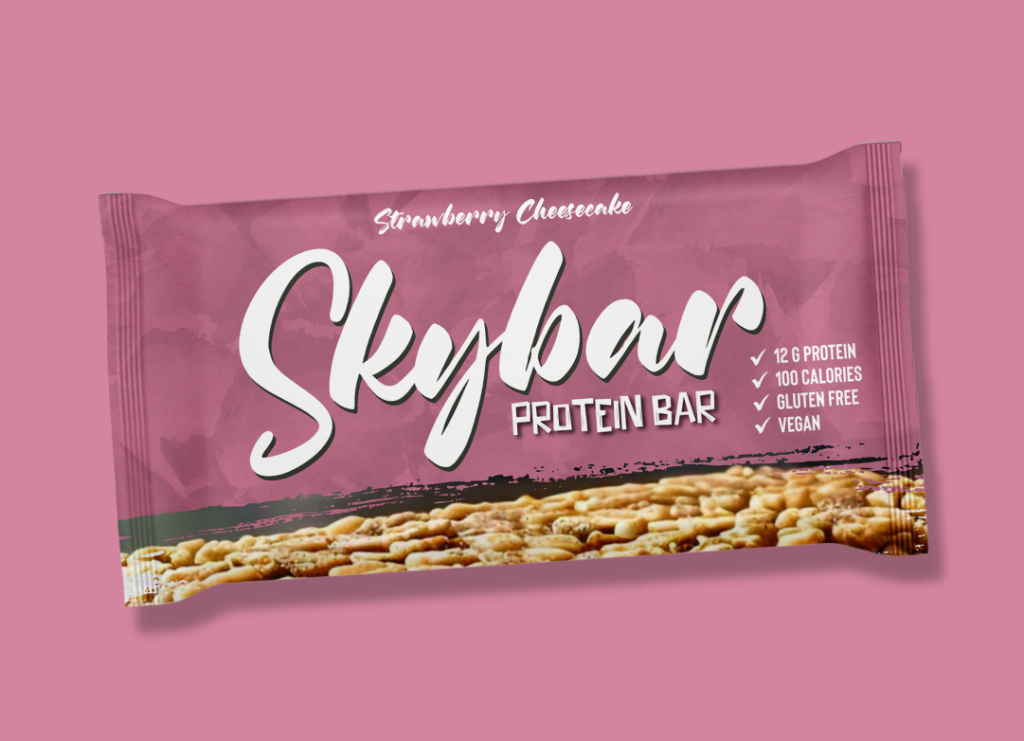
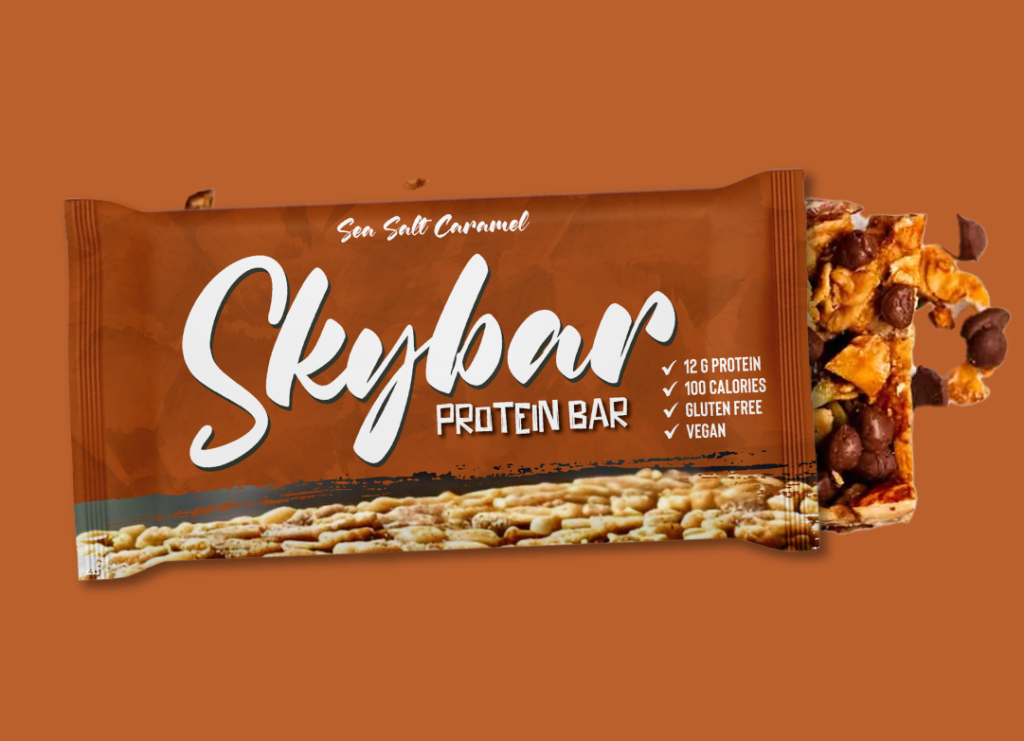

5. Ads
While this is woman-owned brand, we are not just targeting female consumers. We will have have a diversified marketing approach that includes different body types, ages, and fitness levels.
With our tagline concepts, ‘Elevate your Day’ and ‘Sky’s the Limit’, we came up with a few fun and creative ads. Whether used in social media ads, print ads, billboards, etc., this not only introduces people to the brand, but also serves to further tell our brand story.
Continue reading: What’s the ROI of a Billboard
Skybar: From Concept to Completion
In marketing, standing still means being left behind. We created Skybar to disrupt the protein bar industry with innovation and creativity. By embracing unique flavours, sustainable practices, and nurturing an inclusive community, we aim to elevate the everyday snacking experience.
Building a brand requires more than just a great product; you need a strategy that embraces disruption, creativity, and a deep understanding of consumer values. Through this series, we’ve shown how to apply these principles to create a compelling brand identity, from defining the product and finding a unique name to developing strong branding elements, packaging, and advertising.
Remember, the key to a successful brand is not only in the details but in the overarching vision of disruption and differentiation. We hope this series inspires you to think differently about your own brand and to apply these steps to build something truly remarkable. Whether you are just starting out or looking to reinvigorate an existing brand, the principles of disruption, creativity, and consumer-centric values will guide you toward success.
Stay tuned for more insights and examples as we continue to explore the art, science, and magic of brand building.
Related Posts
Related Posts
If you follow us on social or read our blog, you may have noticed that we talk A LOT about the branding, the importance of branding, how branding is like gravity, how you either have a commodity or a brand…
We also talk a lot about storytelling marketing – in fact we have an entire page dedicated to it as it’s one of our core services. We go on at length about why brands need to tell stories (so that consumers can align their values to the brands they support), and dispelling the myths about storytelling marketing.
We also talk about how consumers don’t buy products, they join tribes. Check out some of our related posts.
Need help with your marketing activities?
If you’re looking to make a move with your marketing, reach out to us. We are priced fairly, we’re straight shooters, and are the very best at what we do.


